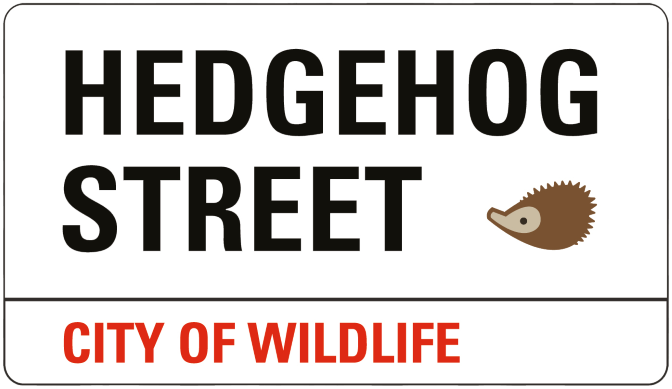Hibernation Help/Advice
Home › Forums › Hedgehog signs and sightings › Hibernation Help/Advice
- This topic has 1 reply, 2 voices, and was last updated 4 years, 3 months ago by
 Nic.
Nic.
-
AuthorPosts
-
24th September 2020 at 11:19 am #27399
Hi.. For months now I have regularly had up to 6 hedgehogs visiting that I’ve been feeding, one imparticular looks like its from a late litter as its very small so I’m wanting to do all I can to help them hibernate now winter is approaching.
I currently have 2 hedgehog houses, but concerned whether I should I buy more ? … or do they share spaces ?
2nd should I put bedding in the houses or near the houses ? .. Do they make their own nests ?
Any help/advice on hibernation would be greatly appreciated, thank you24th September 2020 at 2:26 pm #27402Hi cuds
It’s great to hear you have lots of hogs visiting there.
Really the number of hog houses you have is up to personal choice. If you have room for more and can access or make them, there’s no reason why you can’t have more. But the hogs will be visiting many gardens so there may be other places where there are also hog houses. Hogs don’t normally share nests – although recently there have been more reports that some have been sharing hog houses (that may be ones that have, for instance, been over-wintered in captivity and become used to sharing).
If your hog houses have been there for a while and have already been used, I would give them a clean out – but only if you are absolutely certain that there isn’t a hog currently in residence (i.e. not one just out for the night). It’s best to use boiling water – that way any parasite eggs hiding in joints, etc. will be killed. Then when it’s nice and dry, put about a handful of suitable nesting material (medium sized leaves, long grasses, etc.) in the house to give them the idea, with plenty of other material nearby.
Most hogs like to build their own nests and they are expert at building them. They use a surprisingly large amount of material for hibernating nests, but layer the leaves and weave them all together creating a dome with a hedgehog sized hole in the centre. Bear in mind that, naturally, these nests would be built outside, so they are built to be waterproof as well. I find it absolutely amazing that the hogs can create such an intricate structure, but even the hoglets seem to somehow know how to do it. The hog houses, to them, are just a convenient structure within which they can build their nests. They seem to know how much material they need to put into the nest to create just the right amount of insulation – so that they don’t get too cold, but also not too warm.
During hibernation hogs do not need to keep warm, as such. Their body temperature drops quite low so that their metabolism can slow right down – so it is not the same as sleeping. But the hibernating nest (hibernaculum) helps the temperature not to get too low. They also put down deposits of two types of fat before hibernation, some of which they can use if their body temperature gets too low, but also to keep their bodily functions ticking over during hibernation. The other type of fat helps them to emerge from hibernation when the times comes.
Hedgehogs do sometimes emerge for short periods during the time of hibernation and sometimes apparently even move nests. But if they are disturbed during hibernation (rather than choose to emerge) there is the potential that they could run out of the fat they need to eventually emerge. There is lots that can go wrong and hibernation is possibly the most naturally dangerous time for hogs and not all will survive, however big they are.
You will see that it’s important for the hogs to get sufficient food on the run-up to hibernation. The food you offer does not need to be any different to normal (i.e. they do not need to, nor is it desirable for them to eat fatty food). Good quality cat/dog/hog food is fine.
Some people leave some food out all winter, in case a hibernating hog emerges and is hungry. In those circumstances, it’s best to use dry food, so it doesn’t freeze – i.e. cat biscuits, for instance. But, it’s definitely important to leave water out all day every day, including during the winter.
Occasionally a hog will decide not to hibernate. In my experience they are usually the current year’s hoglets, but I’m not sure whether any research has been done to confirm that, or otherwise. But if a hog decides not to hibernate, just continue to provide food and water as normal. One hoglet who didn’t hibernate here, did actually build a hibernaculum, but only used it for naps between snacks and over-day stays. He obviously had another nest elsewhere because he didn’t stay every day. But non-hibernators do continue to visit even in sub-zero temperatures.
Good luck. I hope you get some tenants for your hog boxes.
-
AuthorPosts
You must be logged in to reply to this topic.

